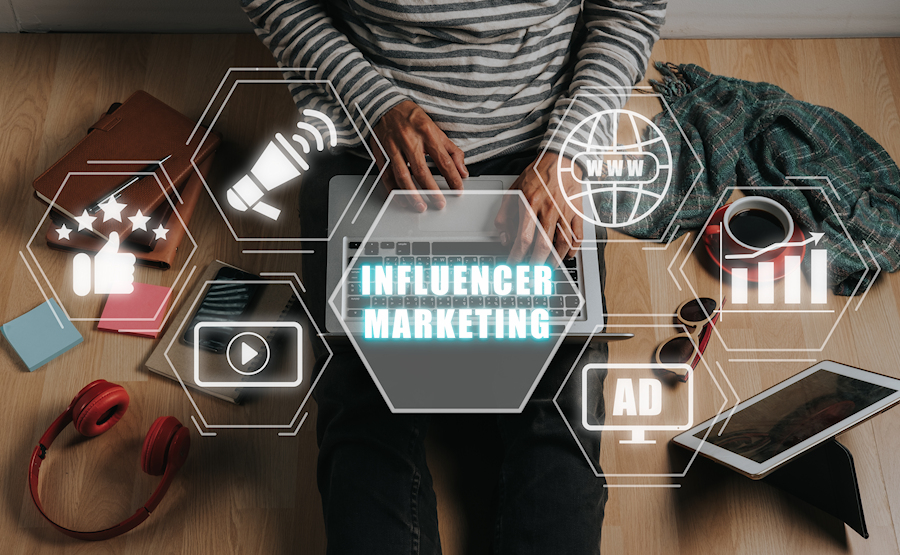If you’ve ever worked in Human Resources (HR) and Learning and Development (L&D), this scenario probably sounds familiar: you created some informative and engaging content that responds to business needs and takes into account employee feedback. After months of interviews, stakeholder meetings, and team workgroups, you’re ready to share it with your organization. The problem? It goes largely ignored, and the hours of effort you put into it go wasted. Worse yet, your reputation suffers.
So, what’s the missing link? The answer has been right in front of us all along – marketing and copywriting. For decades, these fields have mastered the art of piquing interest and sparking desire in target audiences. And despite many varied opinions about TikTokers and social media influencers, they’ve mastered this skill set in ways that have engaged millions of followers of all different ages and backgrounds. In this article, we’ll delve into the strategies and tactics used by marketing professionals to capture hearts and minds and explore how HR and L&D can apply these techniques to influence learning, engage employees, and drive enrollment.
















